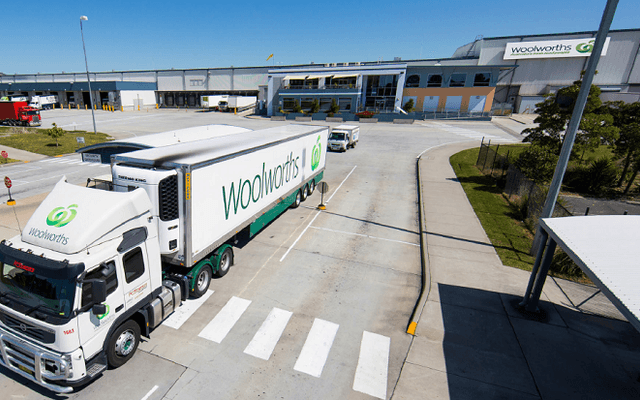This article is from the Australian Property Journal archive
THE South Australian government has gone against the trend and ruled out imposing additional taxes on foreign property investors.
South Australian Treasurer Tom Koutsantonis said the government will not follow in the footsteps of Victoria, New South Wales and Queensland in introducing new stamp duty and land tax charges.
Last month Queensland Treasurer Curtis Pitt introduced a 3% transfer duty for foreign buyers, which is expected to raise $15 million in the first year and $25 million a year after that.
The NSW government also announced a 4% stamp duty and 0.75% land tax, which is expected to raise $1 billion over four years.
Furthermore, foreign investors would no longer be entitled to a 12-month deferral for the payment of stamp duty for off-the-plan purchases of residential property. And Foreigners would not be given a tax-free threshold for the land tax surcharge.
The first state, Victoria, to introduce such taxes, recently raised the stamp duty on foreigners from 3% to 7%, as well increased the land tax surcharge on absentee owners from 0.5% to 1.5%. The taxes are expected to raise an extra $486 million for state’s coffers over the next four years.
The SA government’s announcement has been welcomed by the Property Council.
SA executive director Daniel Gannon said the state now has another competitive advantage when it comes to property based taxes.
“The message to investors is now very clear: if you want to pay lower taxes on property transactions, then invest in South Australia.
“Slapping counter-productive taxes on foreign investment is a great big risk for housing supply in our major capital cities. What we’re seeing in Queensland, Victoria and NSW is a race to the bottom on populist taxes that fail to address housing supply or improve affordability,” he added.
SA has also started phasing out stamp duty on commercial property transactions.
By July 2018, all commercial property transactions in the state will be tax free – the only jurisdiction in the country to implement such reform – meaning almost 7,000 deals a year would be tax-free.
As examples, the Treasurer said a business owner consolidating non-residential property assets of about $3 million would save $158,830 in stamp duty, whilst an individual purchasing a shop worth about $1.3 million could save up $65,330 in stamp duty.
Gannon said the commercial stamp duty changes, once phased in by July 2018, will make the local economy one of the most competitive places in Australia to do business.
“That will create the boost to business confidence that we need and send a strong message to foreign investors,” Gannon said.
Australian Property Journal




